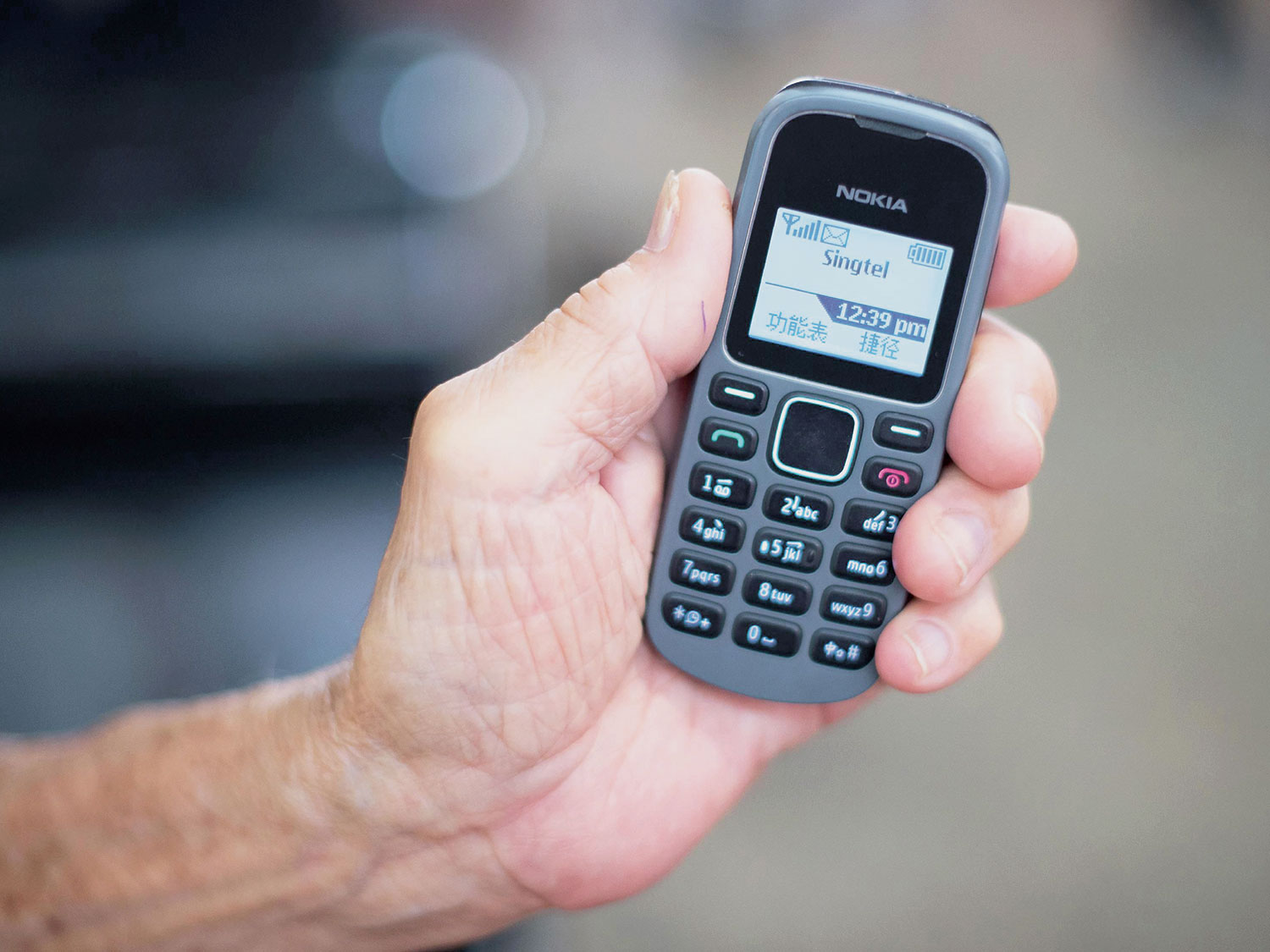

SINGAPORE: When Singapore pulls the plug on its 2G mobile phone network this year, thousands of people could be stuck without a signal — digital have-nots left behind by the relentless march of technology. From technophobic pensioners to cash-strapped migrant workers, some 140,000 people in highly-wired Singapore still use the city-state’s second generation (2G) network and cheap, robust handsets.
First rolled out in 1994 — when playing Snake was the pinnacle of mobile entertainment — 2G has long been superseded technologically, with new gold standard 5G offering lightning fast connectivity for a generation used to streaming movies and TV directly to phones.
Singapore, which has one of the world’s highest rates of smartphone penetration, plans to turn off 2G in April in order to re-allocate scarce radio frequency spectrum and meet surging consumer demand for high-speed data.
“It makes sense for a market like Singapore as operators need more capacity for data services,” Charles Moon, an analyst with information technology research firm Ovum, said.
Japan and South Korea and US telecom giant AT&T have already shut down their 2G networks and Australia is set to stop the service in September.
Singapore recently banned the sale of 2G-only mobile phones and new prepaid SIM cards no longer work on 2G handsets.
But globally, 2G is not set to vanish, even as the number of smartphones is projected to soar from four billion last year to some six billion by 2020, according to IHS Markit (Stuttgart: A1139A - news) data.
By 2021, 2G will still account for some 11 per cent of total mobile subscriptions worldwide — mostly in Africa and Latin America, analyst Moon said.
“Affordability is the major factor driving continued use,” he said, adding that the longer battery life and durability of 2G handsets was also important.
In wealthy Singapore, those most affected by the shift are likely to be the city’s migrant worker population, who rely on cheap 2G phones to stay in touch with family back home.
“This is really their connection to the rest of the world,” said Debbie Fordyce of migrant worker welfare group Transient Workers Count Too, which is asking the public to donate old 3G phones to help affected labourers. — AFP.
Oman Observer is now on the WhatsApp channel. Click here



